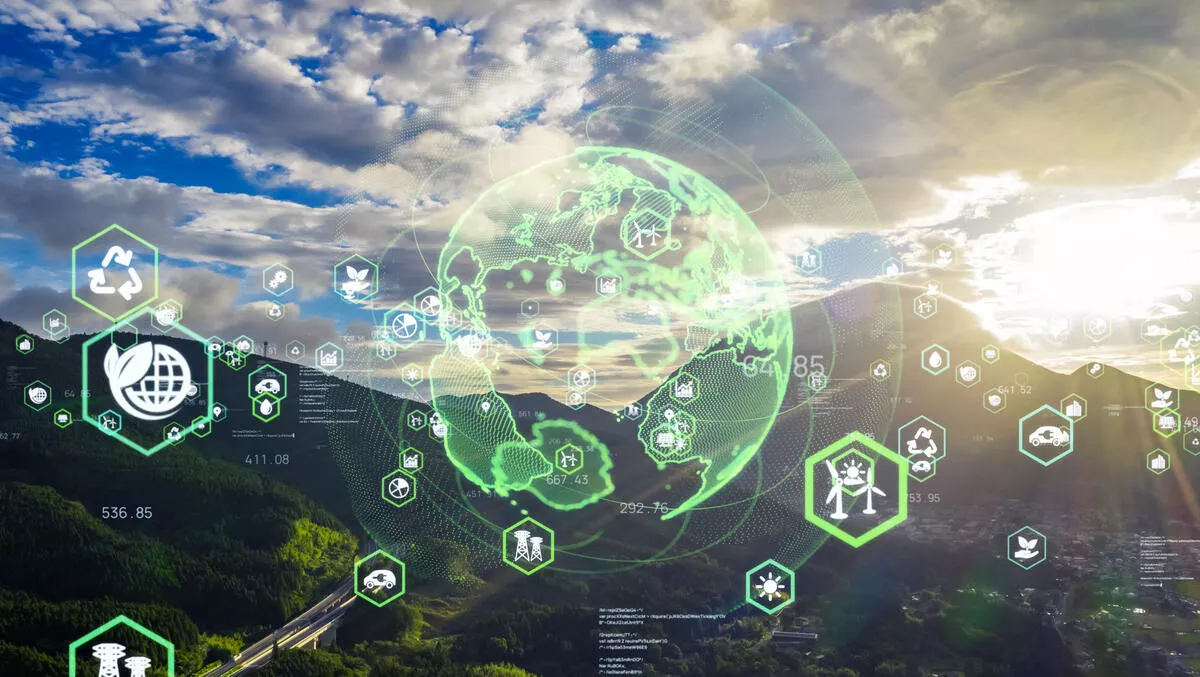
SAS analytics and AI company recognised for AI-powered deforestation detection platform
Analytics and AI company, SAS, has been recognised for its AI-powered deforestation detection platform.
SAS received honourable mentions from Fast Companies 2021 World-Changing Ideas Awards and the 2021 PRNEWS CSR - Diversity Awards.
The recognition is for a joint project with the International Institute of Applied Systems Analysis (IIASA), tracking human impact in the Amazon rainforest. This is one of a number of social innovation projects from SAS employees, using data to solve pressing humanitarian issues.
SAS was recognised in the AI and Data category of the Fast Company World Changing Ideas Awards, which honour businesses, policies, projects, and concepts that are actively engaged and committed to pursuing innovation when it comes to solving health and climate crises, social injustice, or economic inequality.
The company was also recognised in the Environmental Stewardship category of the PRNEWS CSR - Diversity Awards, which honour communicators using their platforms for the betterment of their communities and the global community at large.
Containing 10% of the world's biodiversity, the Amazon is the world's largest rainforest, but deforestation is wreaking havoc, destroying approximately 800 square kilometres of forest every month. On top of that, during the COVID-19 pandemic, there's been a surge of deforestation in Brazil.
SAS and IIASA jointly built an AI platform to analyse satellite images of the rainforest showing the location and magnitude of forest damage more effectively.
They then tasked a large group of data scientists to review the images to help train the AI models. Users identified if there were signs of human impact in the images, helping improve the AI algorithm and streamline the analysing process. This improved view of deforestation can support critical policies to quickly and effectively protect forests.
Launched on Earth Day 2020, the project enables researchers to continue adding images from across the Amazon to expand the effort. So far, citizen scientists from across 119 countries have classified more than 919,000 square kilometres of the Amazon.
By using image data from this ecologically diverse territory, the computer vision model is given a variety of examples, so it can eventually learn to detect human impact anywhere in the Amazon. Citizen data scientists have also started classifying more recent images to identify where new human impact is occurring.
SAS says if researchers can show their predictive model is successful at identifying areas most at risk of future deforestation, it could be useful for governments and forest monitoring bodies to carefully track and respond to forest changes.


